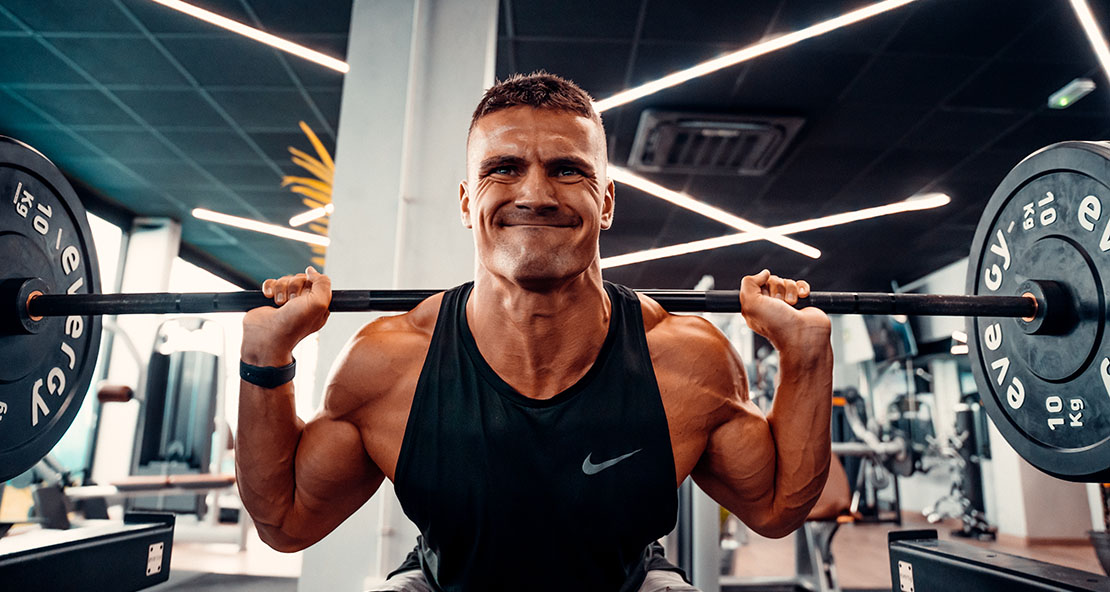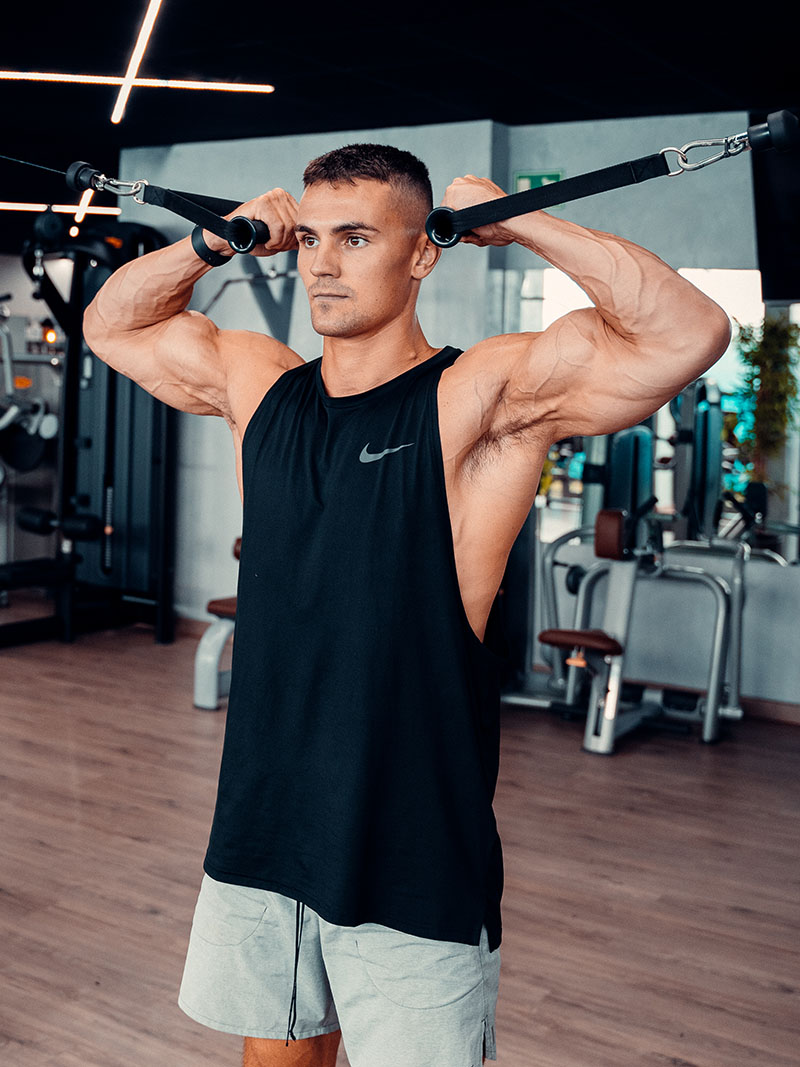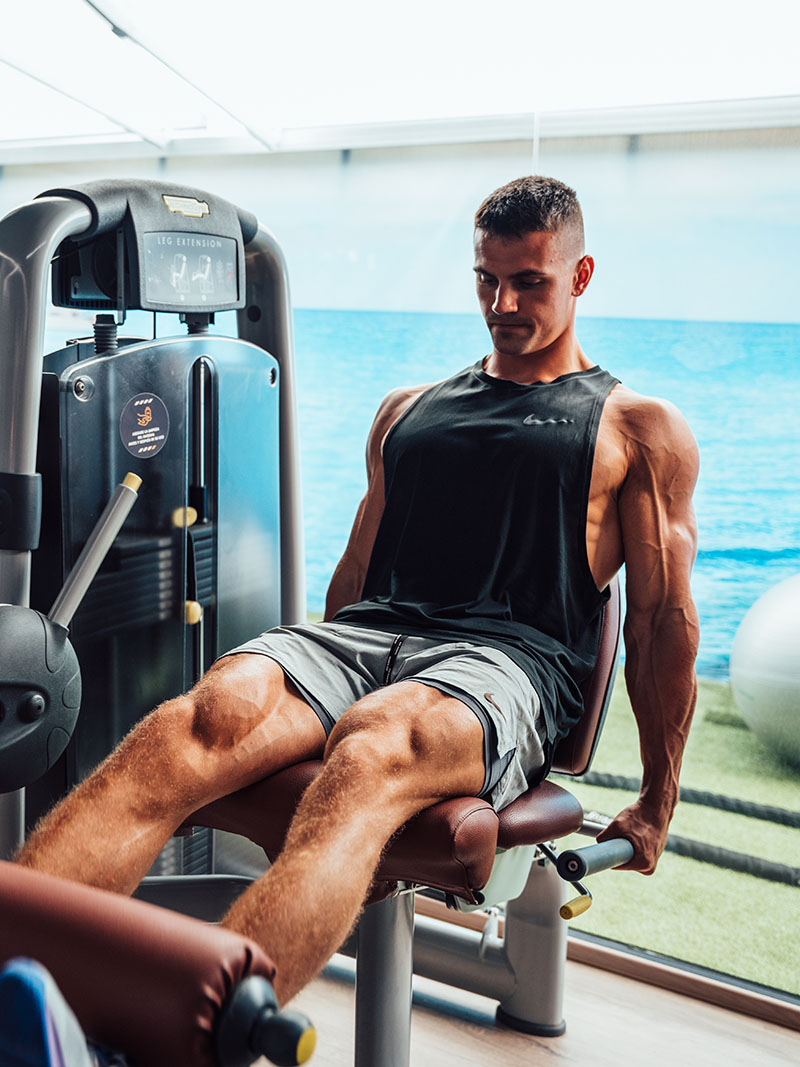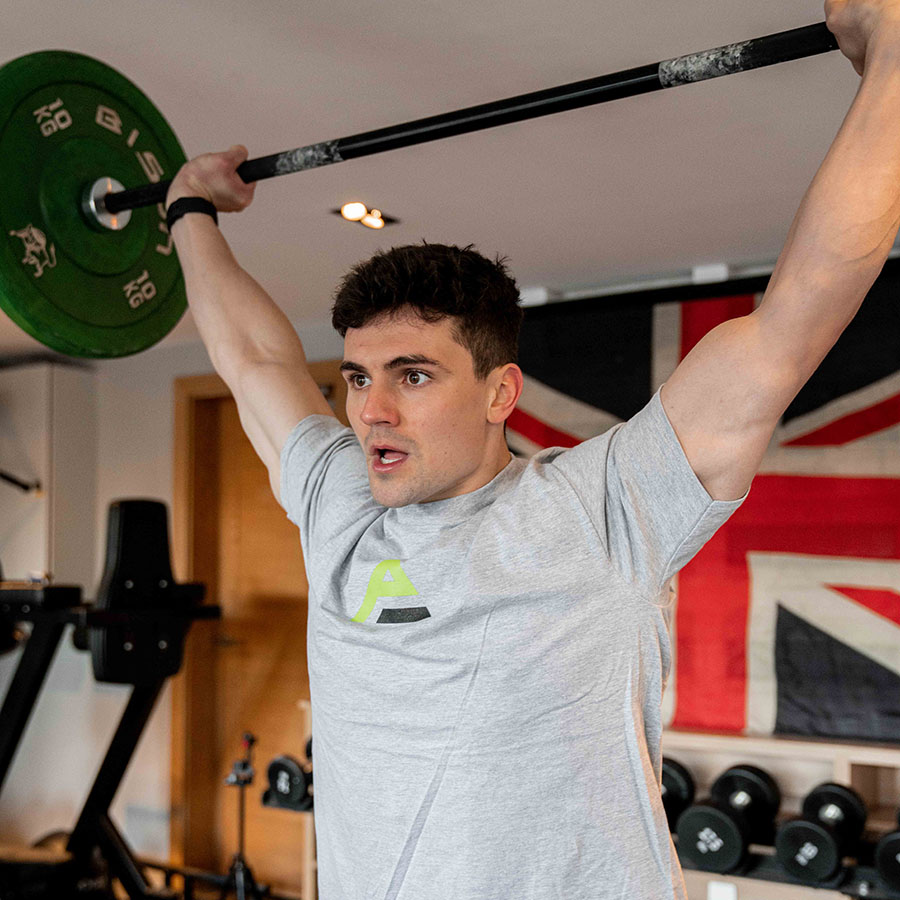Team member Daniel recently completed his first ever 70.3 distance triathlon, smashing his goal time of 6hrs with an incredible 5hr 18min finish. Having completed this distance for the first time he wanted to share some tips for some those wanting to take on their own triathlon challenge. The Ironman event took place in in the heart of Bolton Town centre where the crowd support is like nowhere else in the world!
"The experience was incredible for me, it's my biggest sporting achievement to date. The race was also a huge learning curve and being my first 70.3 I wanted to share some tips and advice for anyone else who wants to give it a go. I am no professional athlete or podium contester, I am an amateur so my advice is completely personal and just some helpful tips for first timers " - Daniel
- Preparation is everything! Dedicate your time to getting the miles in and create a consistent plan. Monitor your preferred performance statistic. My goal was to complete it in under 6hrs so I practiced pacing in swim, bike and run.
- Get used to open water swimming. I can't express how important this is! I entered a standard distance triathlon 4 weeks before the Iron Man and experienced a sense of panic in the water. You need to get used to the atmosphere of being in open water, the current, the open space, the mindset of being in a large space with less than 5ft of vision in front of you.
- Nutrition and fuel. You need to fuel throughout this race to keep your energy levels high. I used Naked bars, High 5 Carb Powder (finishing two bottles on the race) and High 5 gels for the run. Get your body used to these supplements and gels in the run up to the event, you don't want a dodgy stomach half way through. Also keep your food consistent in the week up to the race, you don't want to change or add anything new into your diet. The day before, carb up morning-midday so you can digest this with a good amount of time before the race begins.
- Train with a group. Luckily I competed with 2 friends which helped my training. Holding each other accountable, sharing tips, motivating each other and getting advice is a huge help. I also work with the Physique Academy who are an incredible support group and want to push you to succeed so my advice is train with a group or get a coach who can help you with your plan.
- Enjoy every second of it! It's painful, it's long, it's humbling but it's an incredible day! I can honestly say I loved every second, even when my legs were cramping and I was constantly counting down the miles, I loved it! The atmosphere and adrenaline gives you that extra push so use it! Looking back and seeing the photos and receiving the messages of congrats just wants you to go for more. So sign up, train and embrace the results!
If Dan has inspired you to change your lifestyle, book a FREE consultation call with the Physique Academy and let’s get started.





















